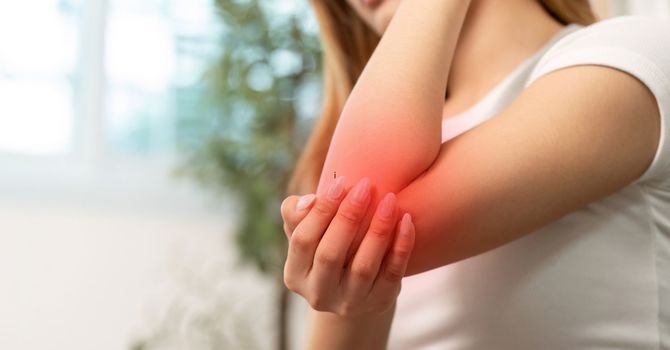
Have you ever felt like your muscles just won’t cooperate, remaining tight and painful despite attempts at stretching and rest? Dry Needling might be the answer you’re looking for.
WHAT EXACTLY IS DRY NEEDLING?
Imagine a technique that delves beneath your skin, directly targeting muscles and connective tissues that are tight, inflamed, or just not cooperating the way they should. That’s where Trigger Point Dry Needling (TDN) comes into play. Using a sleek, fine needle, TDN reaches deeper than traditional therapies to address overactive myofascial trigger points—commonly known as muscle knots—contributing to your discomfort. It’s not just about alleviating pain; it’s a strategic method to restore the natural harmony between your muscles, fascia, and connective tissues. Coupled with chiropractic care, hands-on therapy, and tailored exercises, Dry Needling showcases its strength in versatility, adept at tackling a plethora of stubborn conditions—even when other, more invasive treatments might fall short.
Common Conditions Alleviated by Dry Needling:
-
Migraine headaches
-
Tennis elbow
-
Rotator cuff injuries
-
Low Back Pain
-
Chronic pain
POTENTIAL SIDE EFFECTS: SHOULD YOU BE CONCERNED?
Think of TDN as an intense yoga workout for your muscles, but instead of stretches, we use needles. It’s generally safe, effective, and doesn’t bring about the kind of pain one might expect. However, as with a hard workout, you might experience a touch of soreness afterward. This sensation is typically mild and fades within 24 to 48 hours. According to research by Brady et al. (2014), Dry Needling, when performed by trained professionals like the doctors at 417 Performance, has a low incidence of minor side effects such as bruising and bleeding.
While it's natural to weigh the benefits against potential side effects, it's important to know that serious complications from Dry Needling are extremely rare when performed by a qualified and experienced practitioner in a sterile environment. In clinical settings, strict protocols are followed to minimize any risks, ensuring that the treatment is both safe and effective.
DRY NEEDLING VS. ACUPUNCTURE: CLEARING UP THE CONFUSION
Often mingled in conversation, Dry Needling and acupuncture are distinct in their purpose and practice. Acupuncture is a pillar of Traditional Chinese Medicine, steeped in centuries of philosophy about energy pathways known as meridians. Practitioners of acupuncture seek to enhance health by optimizing the flow of Qi (energy), believed to influence overall wellness.
Dry Needling, on the other hand, doesn’t adhere to the concept of energy flows or follow mapped pathways across the body. Each session is uniquely tailored, focusing precisely on the troublesome areas specific to each patient. The goal? To target and alleviate the direct sources of pain and dysfunction.
IS DRY NEEDLING RIGHT FOR YOU?
Dry Needling offers a promising option for those seeking relief from various musculoskeletal issues. By integrating this technique into a broader therapeutic framework, it may very well be the missing piece in your quest for pain relief and functional recovery. Interested in exploring how Dry Needling can benefit you? Consider consulting with a sports chiropractor who can provide personalized advice and treatment plans. Your journey to recovery might just be a needle away!
Resources
-
Liu, L., Huang, Q.M., Liu, Q.G., Ye, G., Bo, C.Z., Chen, M.J., & Li, P. (2015). Effectiveness of Dry Needling for Myofascial Trigger Points Associated with Neck and Shoulder Pain: A Systematic Review and Meta-Analysis. Archives of Physical Medicine and Rehabilitation, 96(5), 944-955.
-
Brady, S., McEvoy, J., Dommerholt, J., & Doody, C. (2014). The effectiveness of various interventions on the side effects of dry needling: A randomized controlled trial. Journal of Orthopaedic & Sports Physical Therapy, 44(10), 725-733.
-
Dommerholt, J., & Shah, J.P. (Eds.). (2018). Myofascial Trigger Points: Pathophysiology and Evidence-Informed Diagnosis and Management. Jones & Bartlett Learning.

.jpg)

